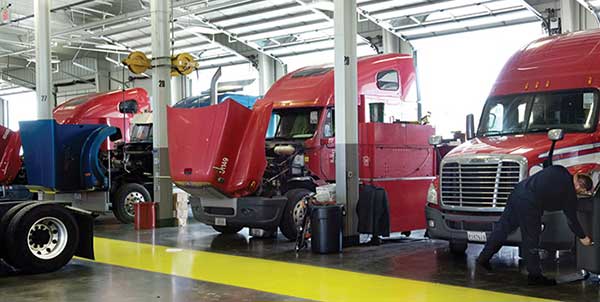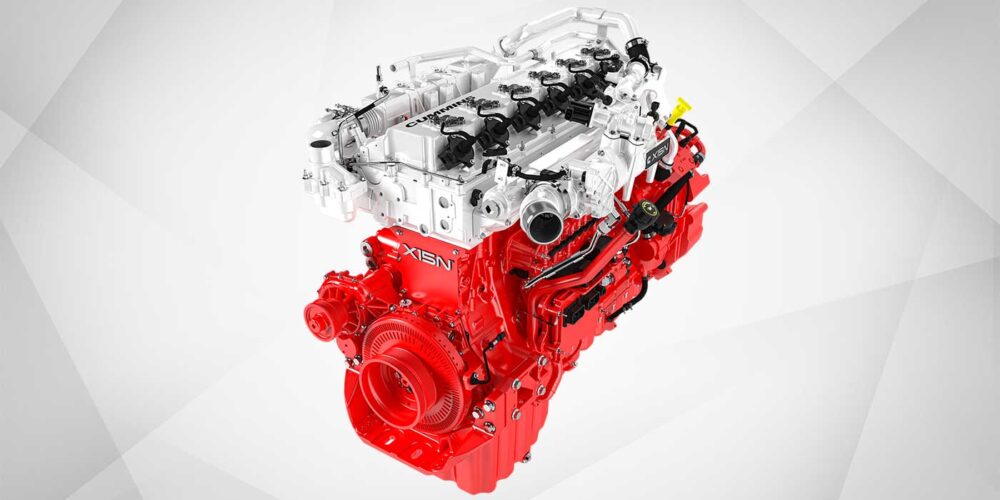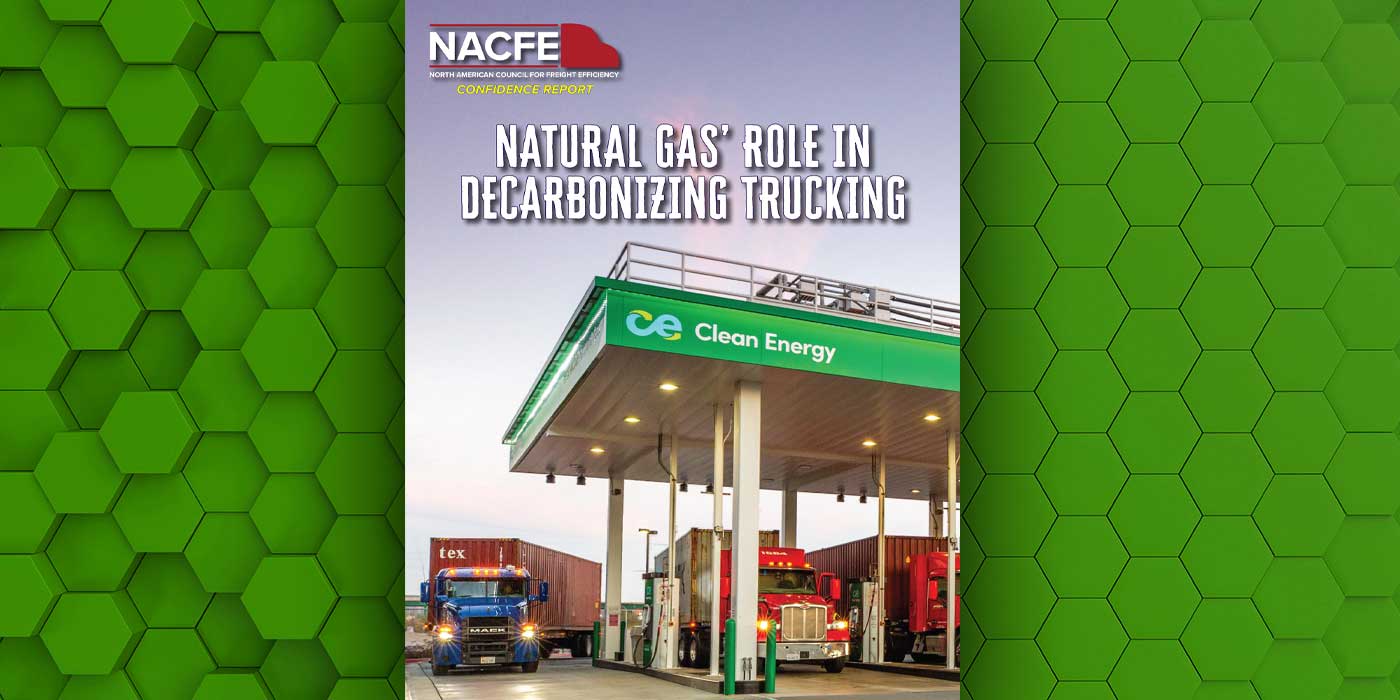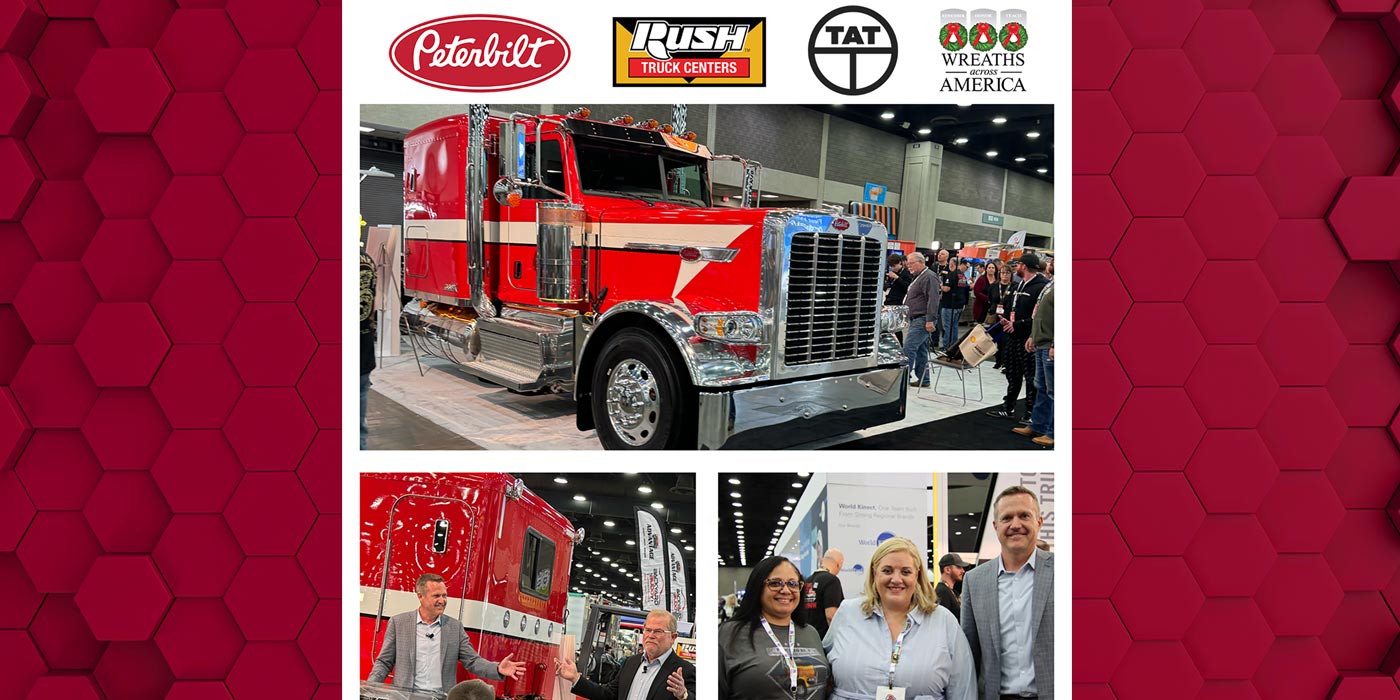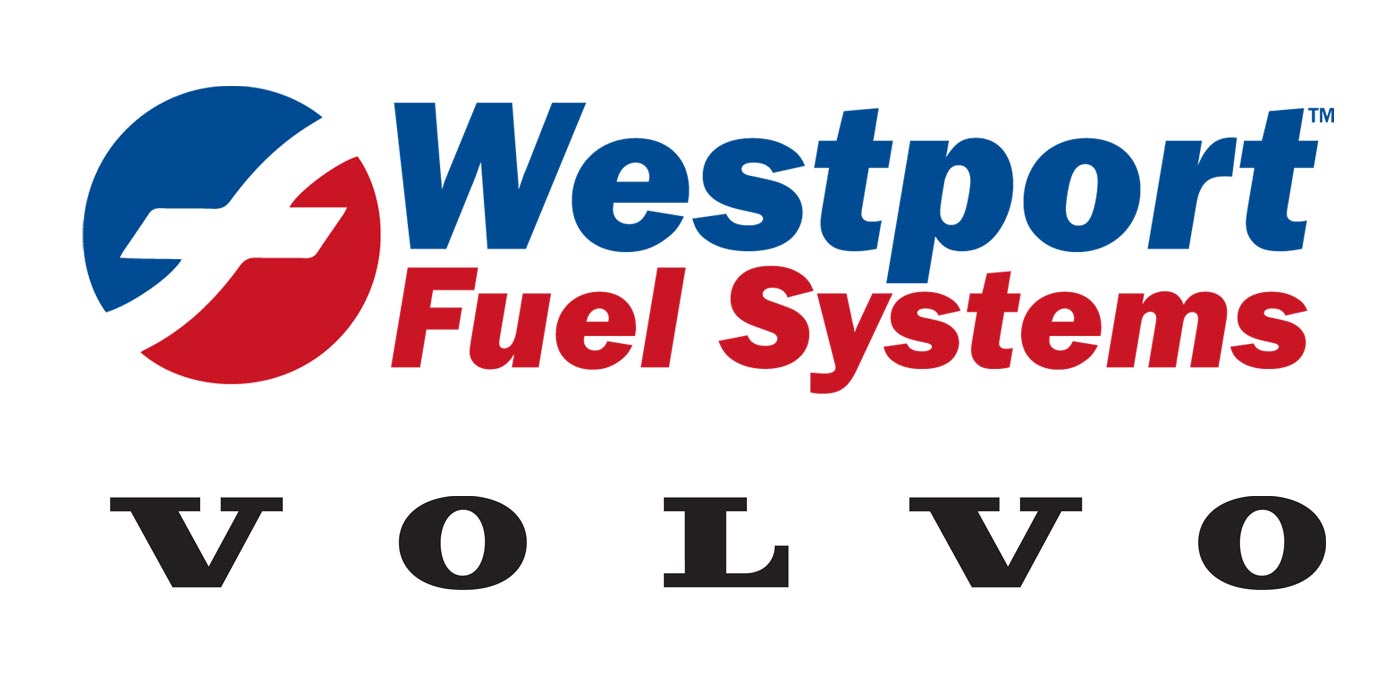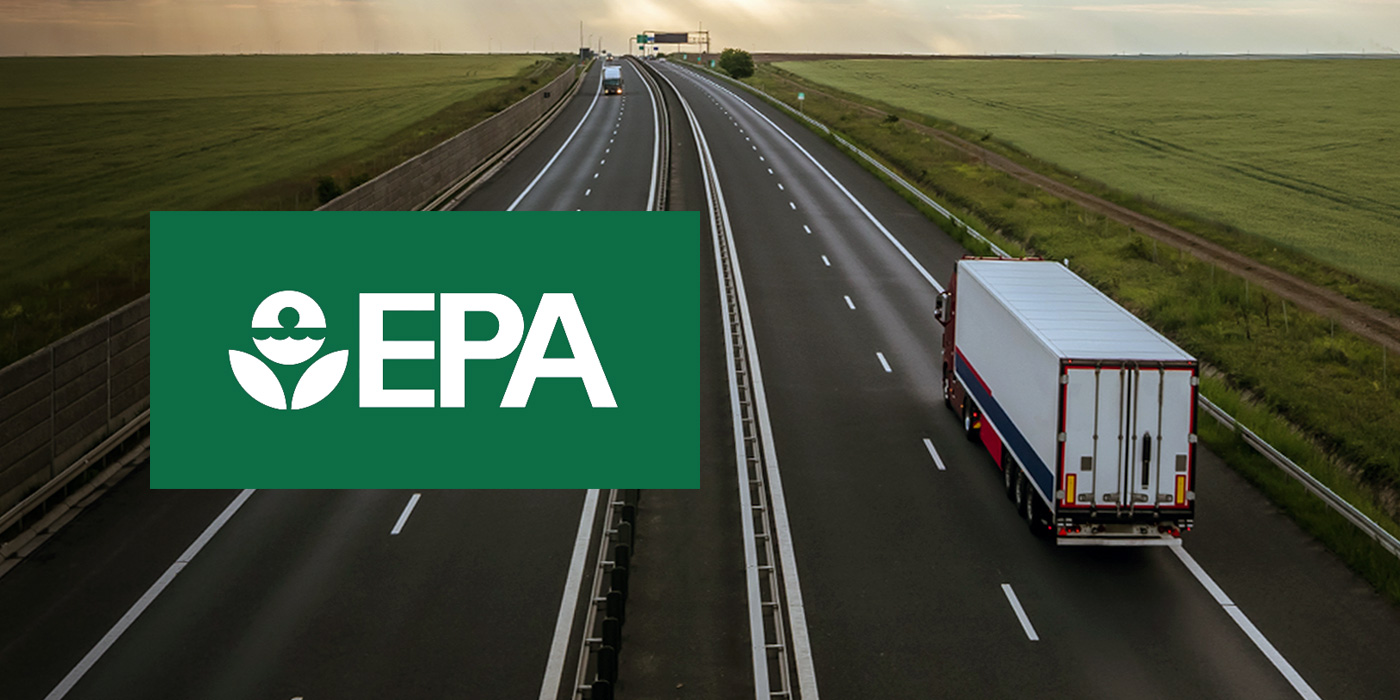To check the current ride height of suspensions, SAF-Holland recommends the following steps:
1. Determine the vehicle manufacturer’s correct suspension ride height for your vehicle and which axle the height control valve is attached to on multi-axle vehicles.
2. Drive the vehicle forward in a straight line for at least two vehicle lengths to release any bushing wind up.
3. With the vehicle unloaded and/or trailer disconnected on a level surface, chock the front tires to prevent the vehicle from rolling forward or backward.
4. Pressurize the air system with a constant supply of air in excess of 70 PSI (4.8 bars), and check that all air springs properly inflate and raise the suspension to the proper ride height.
5. On the axle where the height control valve is attached, measure the distance from the bottom of the frame rail to the ground.
6. Measure the distance from the center of the wheel to the ground.
7. Subtract the measurement found in Step 6 from the measurement found in Step 5 to determine the current ride height of your suspension. As an example: The bottom of the frame rail to the ground measures 30 in. and the center of the wheel to the ground measures 20 in. Subtract the second measurement (20 in.) from the first measurement (30 in.) and this equals 10 in. for current ride height (30 in. – 20 in. = 10 in.) Then check the value against the specification as described in Step 1.

